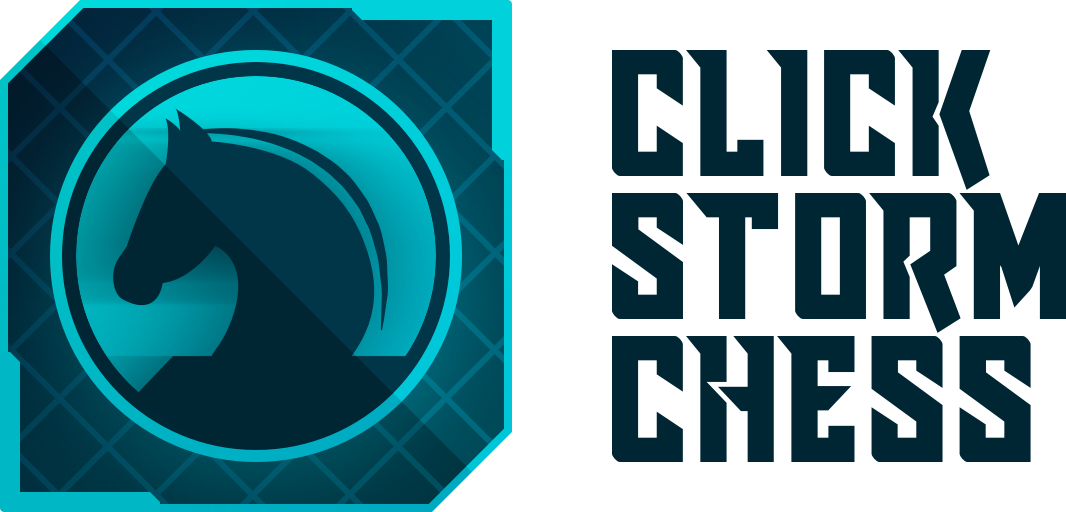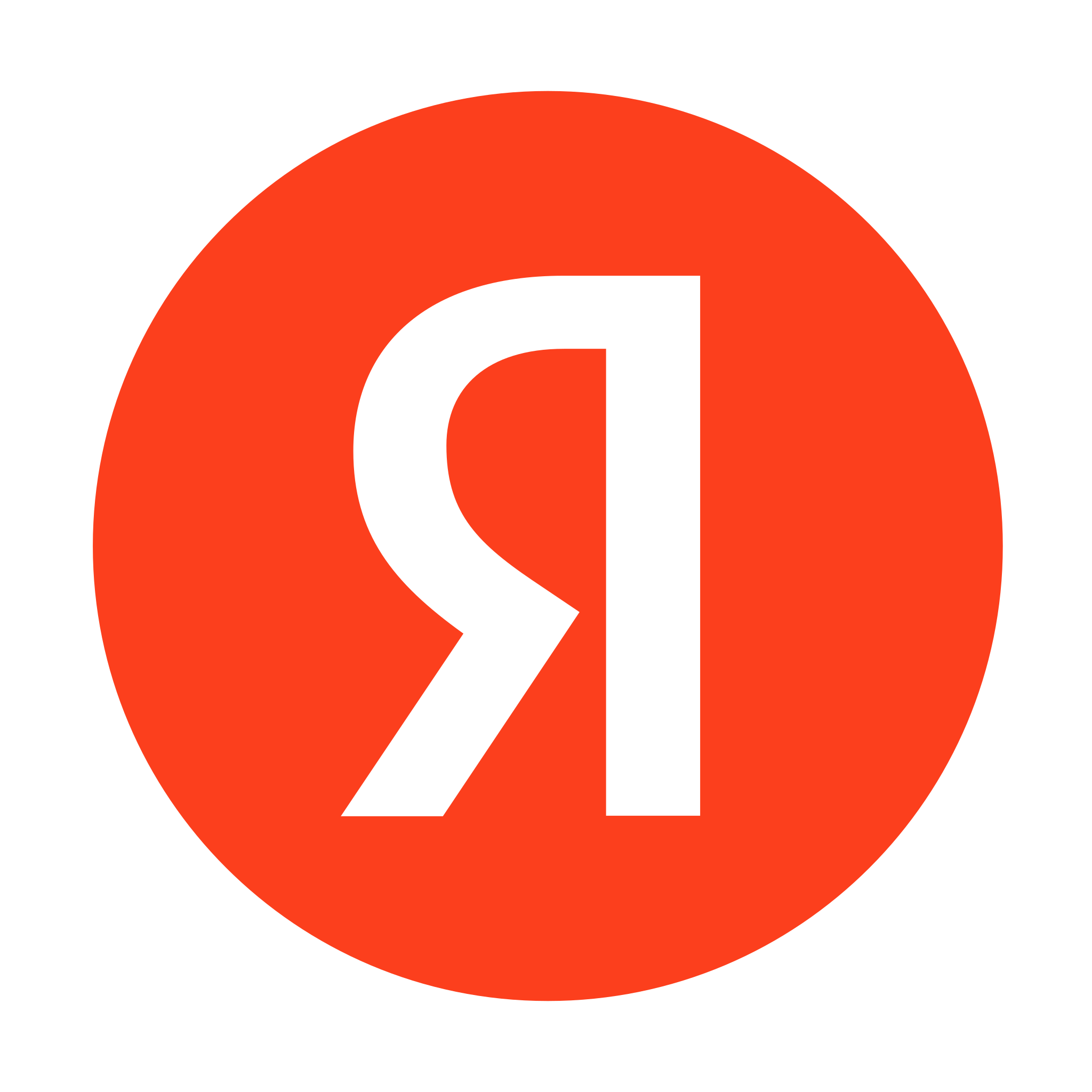
Good day! One of the first questions that I asked and who will face any player starting with Click-Storm Action Chess is how much they look like Classic or regular chess. The more they have in common, the greater the advantage for a player with chess experience, knowledge, and skills.
I play Click-Storm Action Chess (for the sake of brevity I will call real-time chess, new chess or action-chess) for about a month, and in the regular —25 years, so I have something to compare. But still, a month is not a sufficient period for accurate analysis, so what you read further is my impressions and feelings that have developed.
Movement of pieces
Let's start with the first obvious similarity: the board and the movements of each piece almost completely match with the chess: the pawn walks straight, hits diagonally and all the same way. Even castling can be done and in both directions. However, there is no capture on the aisle (to be honest, I hope it will be returned someday). Well, the first obvious difference: in action chess, all 32 pieces can move at the same time. Also, the figures do not jump instantly from cell to cell, but move smoothly, like a ship on the water.
And one more thing: in Аction Сhess it is not necessary to make any move at all! This saves us from the concept of zugzwang.
Capture
If in regular chess with captures everything is obvious, then in action chess there are much more varied options. The usual capture is just the tip of the iceberg. Here and at the intersection of the trajectories of the figures, various outcomes are possible, and one figure can eat any pieces in a move - there is wide scope.
Checkmate and stalemate
The life of every chess player revolves around these three situations. A checkmate (a check against which it is impossible to defend) determines the victory of the player, a stalemate (a position in which no piece has a move) determines a draw, and a check (attack on the king) forces the opponent to immediately take care of protecting his monarch. In action chess, everything is different. Even though the same situations can be distinguished in them, according to the rules they do not oblige to anything. Due to the smooth movements, you can leave the check at the very last moment, and the game of action chess, I recall, ends only after the capture of the king. For the same reason, castling restrictions associated with a check or a beaten field rule do not apply. Well, stalemate is more likely not salvation, but a verdict, because when there is nothing to walk, the opponent has complete freedom of action. Anish Giri will surely be delighted.
Kings
Another important feature: kings can attack and eat each other. In ordinary chess, this is unacceptable. If you still do not understand: under the check, you can not just stand, under the check you can intentionally go! Chess players, deal with it.
Timing
After each move, each piece starts reloading. In this regard, it is not enough to put the figure in the right place, you also need to choose the right time, sometimes accurate to the split second. This factor complicates the calculation of options, and unlike regular chess, the “think about the move a little longer” advice in real-time works both for and against the player. However, this is not a novelty for blitz players and, especially, “bullets”.
Debut
We pass to more difficult moments. The game is still divided into three stages: debut, middlegame, and endgame. As for me, the opening principles here are the same: the capture of the center and the struggle for it, the development of figures, the shelter of the king and so on. However, the debut here is very fast, and there are fewer really good constellations.
Middlegame
As in chess, the middlegame is the most difficult part of the game. And if in ordinary chess the variation is enormous, then here it is even more so. I will express myself in this vein: strategic ideas are similar: attack the king, take the initiative, provoke the opponent, create weaknesses for him - everything works. But in terms of tactics, new ideas appear, a ton of ideas. However, the simplest and most working: eat more shapes and ask the number.
Endgame
At this stage of the games, I observe the greatest number of discrepancies. For example, it is easier to deal with two knights with a naked king than a rook. The lack of zugzwang changes the assessment of most chess endings. First of all, pawn and rook. And the value of the passed pawn increases significantly. The king with the knight and pawn will always push the bare king back, but the bishop in the place of the knight cannot do it half the time. In general, the space for research here is large. When degrees in e-sports are introduced, it’s the work on endgames that can bring you a doctorate, so start storing material.
Value of figures
In chess, the queen is valued at 9 pawns, the rook at 5, the elephant and the knight at 3. In action chess, relative value is preserved: the queen is more expensive than the rook, the rook is more expensive than the elephant and the knight, which are approximately equal. But I recommend revising the pawn value. And consequently, the profitability of non-trivial exchanges such as the queen on the rook and the bishop. For example, I would evaluate the bishop and knight as 2 pawns.
Conclusion
So, I will sum up and express my general opinion. Despite significant differences, real-time chess has much in common with regular chess. And, most importantly, all chess skills that are not related to specific positions are useful here. These include, for example, the vision of the board, the ability to calculate options, understanding the value and usefulness of the pieces - all of them will give an advantage. And therefore, my advice to beginners: pump in regular chess - and your results in action chess will increase rapidly. Well, I congratulate the chess players on the opening of a new field for entertainment and experimentation!









Last Opinions